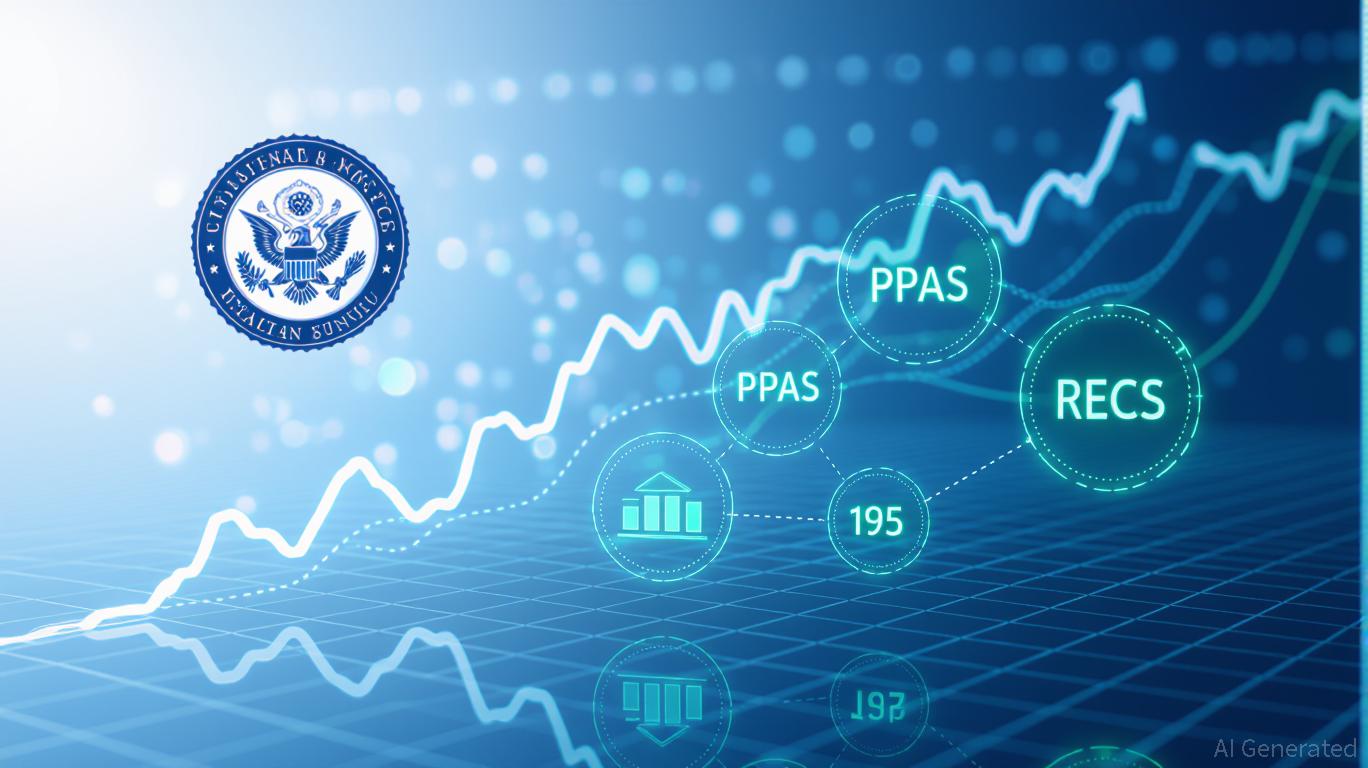BlockDAG as a Benchmark
BlockDAG’s approach shows how quickly token dynamics can escalate. Early batches sold for less than a cent, while later rounds climbed toward $0.03, giving the first participants paper returns of over 2,900%. Analysts following the campaign project that valuations could rise further once trading begins, provided network adoption follows through.
The project linked its sale to hardware miners and a mobile mining app, which built an active community before listings. That approach turned token distribution into network participation, drawing in capital and users at the same time. For upcoming fundraising events, the message is clear: capital raising tied to functional engagement attracts deeper flows than token issuance alone.
Dual-Token Structure and Staking Access
XRP Tundra addresses this environment with a structure built around two chains and two roles. TUNDRA-S, issued on Solana, is the utility and yield token, while TUNDRA-X, launched on the XRP Ledger, functions as governance and reserves. Buyers receive both through a single transaction, consolidating exposure across ecosystems.
In the current Phase 4, TUNDRA-S is priced at $0.068. Each purchase includes a 16% token bonus and comes with free TUNDRA-X allocations, referenced at $0.034. Launch prices are pre-set at $2.50 for TUNDRA-S and $1.25 for TUNDRA-X, offering a defined multiple between entry and listing.
Crucially, early participation locks in future access to staking systems — Cryo Vaults and Frost Keys — once they go live. These are built to deliver yields of up to 30% APY on XRP, transforming idle holdings into an income stream. While staking is not yet active, securing access ahead of activation has become a core driver for early buyers.
DAMM V2 Liquidity for Stability
The project also adopts Meteora’s DAMM V2 to handle liquidity for TUNDRA-S. Traditional automated market makers often suffer from manipulation and immediate dumping. DAMM V2 adds a dynamic fee scheduler that starts high—sometimes above 50%—and gradually lowers over hours, discouraging bots and front-running. Fees collected from trading are directed toward staking pools, turning what is usually volatility into yield for long-term participants.
Other innovations include NFT-based liquidity positions, concentrated liquidity options, and optional permanent locks that guarantee baseline liquidity. The effect is to transform early trading from a “race to sell” into a “race to stake.” This aligns directly with the project’s stated purpose: building a stable staking economy rather than a speculative flash.
Security, Audits and KYC
Investor caution is natural, and XRP Tundra has leaned on external verification. The TUNDRA-S contracts have been audited by Cyberscope. Broader assessments were carried out by Solidproof and Freshcoins. Team identity verification is publicly available through Vital Block’s KYC certificate.



